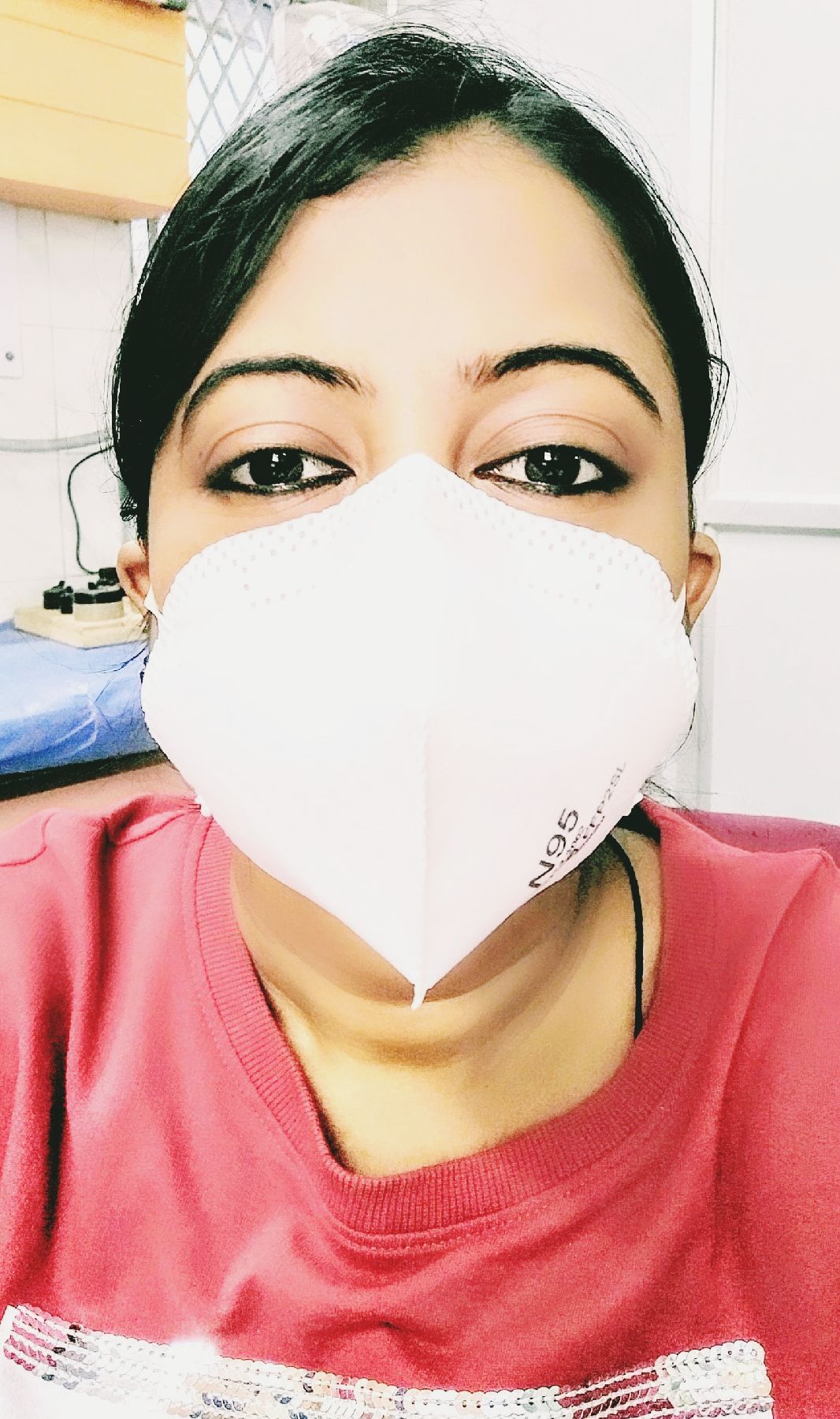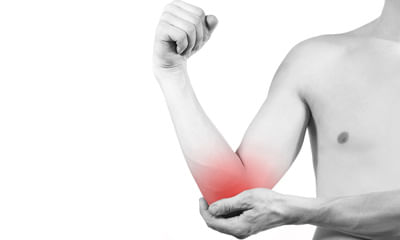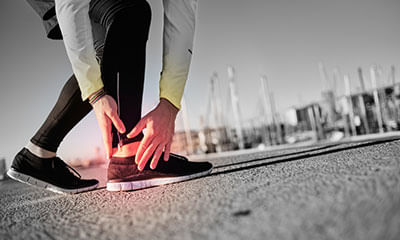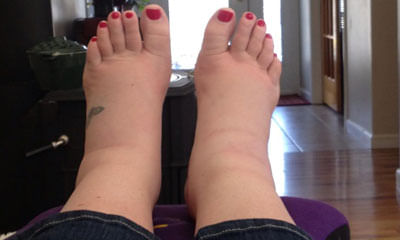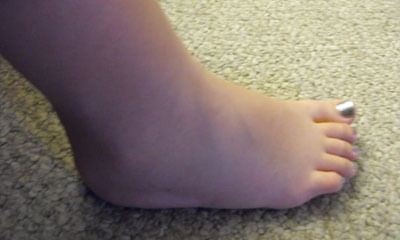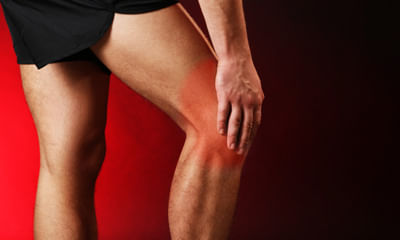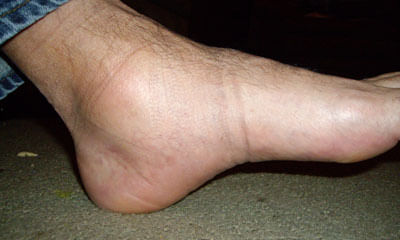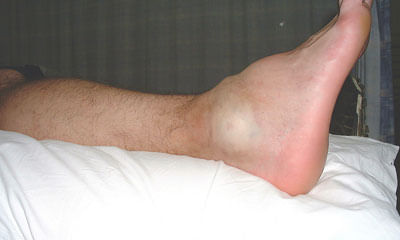Get the App
For Doctors
Login/Sign-up
Health Feed
Find Doctors
Health Packages
AllQ&AsTipsQuizzes
Ankle Sprains Questions
Asked for Male, 24 years old from Jaipur
Share
Bookmark
Report
Health Query
Share
Bookmark
Report
Asked for male, 32 years old from Una
Share
Bookmark
Report
Rest prevents further injury and avoids stress on already inflamed tissue.
Put the ankle joint at rest by wearing a brace or splint.
Ice is probably the best treatment.
Ice will counteract the increased blood flow to the injured area.
It will reduce the swelling, redness, and warmth.
Applied soon after the injury, ice will prevent much of the inflammation from happening.
Compression can help keep down swelling. Compression wraps, such as ace bandages, do not provide much ...more
Put the ankle joint at rest by wearing a brace or splint.
Ice is probably the best treatment.
Ice will counteract the increased blood flow to the injured area.
It will reduce the swelling, redness, and warmth.
Applied soon after the injury, ice will prevent much of the inflammation from happening.
Compression can help keep down swelling. Compression wraps, such as ace bandages, do not provide much ...more
47 people found this helpful
Asked for female, 46 years old from Mumbai
Share
Bookmark
Report
Do contrast bath ie. Take two tubs in one you can fill hot water (ie. Bearable heat) to immerse the feet in the tub and you will have good effect ie. Warmth effect. Further to that wipe with towel and immerse the feet in the cold water (ie. Ice water bath) which will help you to reduce the inflammation. Once this is done you can do some ankle movements to both the feet which will help you to boost and improve the blood circulation. As I said over the phone please use anklet which I have already ...more
Asked for Male, 19 years old from Nawanshahr
Share
Bookmark
Report
Treating a sprained ankle promotes recovery and prevents further discomfort. It’s important not to put weight on the injured area while you’re recovering from an ankle sprain.
Home treatmentsyou may be able to treat mild sprains at home. Recommended home care treatments include:
•using elastic bandages (such as an ace bandage) to wrap your ankle, but not too tightly
•wearing a brace to support your ankle
•using crutches, if needed
•elevating your foot with pillows as necessar...more
Home treatmentsyou may be able to treat mild sprains at home. Recommended home care treatments include:
•using elastic bandages (such as an ace bandage) to wrap your ankle, but not too tightly
•wearing a brace to support your ankle
•using crutches, if needed
•elevating your foot with pillows as necessar...more
48 people found this helpful
Asked for female, 65 years old from Mumbai
Share
Bookmark
Report
I am sorry to hear about your concern, but I will be happy to assist you.
Foot, leg, and ankle swelling is also known as peripheral edema, which refers to an accumulation of fluid in these parts of the body. Let's connect over a call so that we can discuss your concern in details and make a suitable treatment plan for you.
Foot, leg, and ankle swelling is also known as peripheral edema, which refers to an accumulation of fluid in these parts of the body. Let's connect over a call so that we can discuss your concern in details and make a suitable treatment plan for you.
Asked for male, 21 years old from Jammu
Share
Bookmark
Report
Evidence suggests that syndesmosis sprains typically require 6 to 8 weeks for recovery, but this is variable. Chronic pain, instability, and functional limitations are common after syndesmosis sprains. Rest, ice, compression, and elevation (rice) are the first steps following an ankle injury. After that, treatment depends on the specifics of the injury. Recovery time following syndesmosis sprain can take twice as long as recovery from other ankle sprains.
Health Query
Share
Bookmark
Report
Cold compresses can help reduce swelling in the area. Cooling also helps to numb sharp pain. Apply an ice pack for up to 20 minutes, up to five times a day. Use a frozen gel pack, ice cubes in a plastic bag, or a bag of frozen peas. Wrap the cold pack in a soft towel. Do not apply a cold pack directly to skin.
12 people found this helpful
Asked for male, 41 years old from Guwahati
Share
Bookmark
Report
1. Drink 8 to 10 glasses of water per day.
2. Prop your feet on cushions, pillows, or even things like phone books, when you sleep. Also try elevating your feet several times a day as well.
3. Get moving- If you sit or stand in one area for a long period of time (like at work), this can lead to swollen feet. Try to move a little bit each hour, even if it’s a walk to the break room, a walk around the block at lunch, flexing your knees and ankles, or a lap around the office.
4. Make ...more
2. Prop your feet on cushions, pillows, or even things like phone books, when you sleep. Also try elevating your feet several times a day as well.
3. Get moving- If you sit or stand in one area for a long period of time (like at work), this can lead to swollen feet. Try to move a little bit each hour, even if it’s a walk to the break room, a walk around the block at lunch, flexing your knees and ankles, or a lap around the office.
4. Make ...more
Asked for male, 40 years old from Asansol
Share
Bookmark
Report
Rest, ice, compression, and elevation (rice) are the first steps following an ankle injury. After that, treatment depends on the specifics of the injury. Patellar tendinitis (patellar tendinopathy, also known as jumper's knee), is a relatively common cause of pain in the inferior patellar region in athletes. It is common with frequent jumping and studies have shown it may be associated with stiff ankle movement and ankle sprains
treatment
rest, ice,compression, elevation.
treatment
rest, ice,compression, elevation.
24 people found this helpful
Book appointment with top doctors for Ankle Sprains treatment
View fees, clinic timings and reviews
Ask a free question
Get FREE multiple opinions from Doctors
posted anonymously

